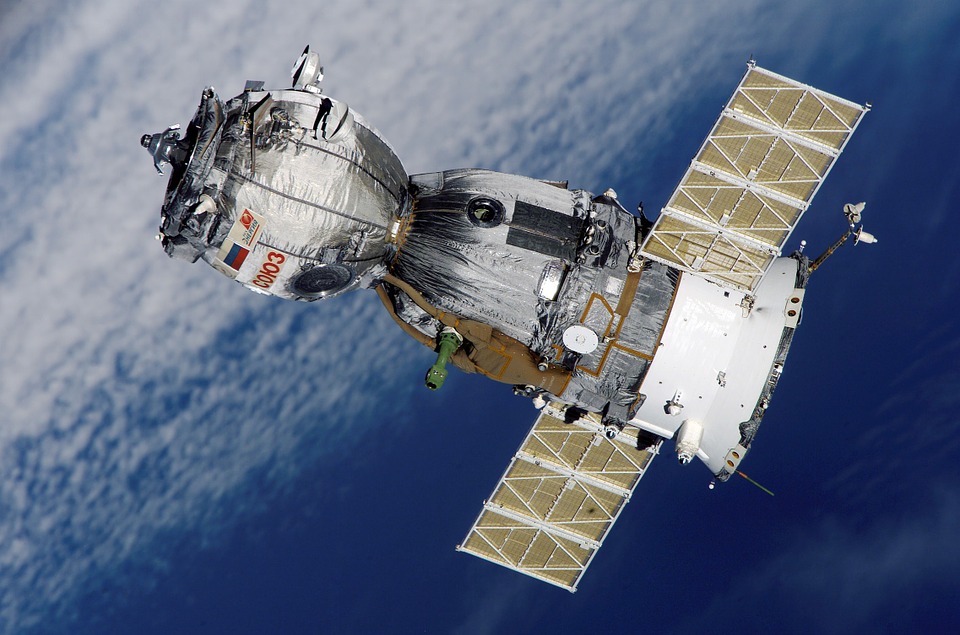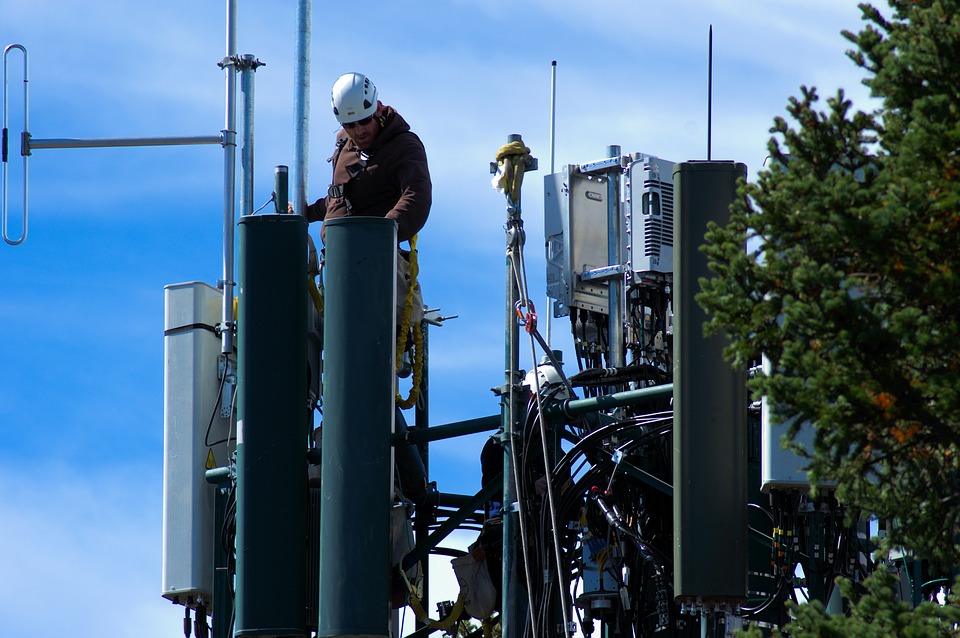Everybody Is Excited with 5G…except for the Weather Forecasters?
Who loves weather forecasts? Most people tend to think of them as newscast staples that barely anyone watches but are there because they should just be there. Meanwhile, everybody is excited in the upcoming commercial of the next generation of wireless communications technology or 5G. However, here’s an update related to 5G that does not bode well for weather forecasting.

5G Hurting Weather Forecasts
The effects of 5G are not all positive or worth looking forward to. Apparently this new generation technology has the potential to mess with weather forecasting. A memo from the United States Navy raised a warning over the possibility that 5G mobile networks may adversely affect the performance of weather satellites.
The reason: 5G services are set to use frequencies that are in close proximity to what weather satellites are measuring. In the United States, the Federal Communications Commission (FCC) has already started auctioning out the 24GHz spectrum, which is notably close to the 23.6GHz frequency relied upon by meteorologists
Senators have already written the FCC to ask for the deferment of the issuance of licenses to bidders until passive band protection limits are set in place based on what the National Oceanic and Atmospheric Administration (NOAA) and National Aeronautics and Space Administration (NASA) would deem necessary. These limits are vital for the protection of delicate measurements conducted by satellites on water vapor in the atmosphere, something fundamental for modern weather forecasting.

The senators called for the FCC to not ignore the concerns expressed by the US Navy through an internal memo. They rebuked the commission for commencing with the auctioning of new frequency bands, disregarding the issues raised by NASA, NOAA, and AMS (American Meteorological Society). The agencies sought to settle potential problems first before proceeding with the country’s 5G plans, particularly when it comes to out-of-band emissions brought about by commercial broadband emissions in the 24GHz band. These emissions can potentially throw off the ability of weather satellites to gather water vapor data measured in the 23.6GHz to 24GHz frequency spectrum.
Significant Interference
According to the Navy memo, the effects of 5G services interference on weather-related measurements range from partial to complete loss of remotely sensed water vapor readings. The impact will be significantly noticed in urban settings where the 5G towers are mostly located. However, the disruption can eventually affect remote areas especially the locations of naval operations. The US Navy relies on weather and ocean models to ensure flight and navigation safety. Erroneous weather forecasts or the absence of reliable weather measurements pose serious risks. They can also lead to the degradation of battlespace awareness, hence a loss of tactical and operational advantage for the US Navy.
Certainly, this is not an attempt of the United States government to slow down 5G development in view of China’s perceived 5G leadership that supposedly led to the ban on Huawei. The concerns raised by the US Navy are similar to what a number of meteorologists and scientists are saying, as quoted by the US senators who called the attention of the FCC. There are real risks that need to be addressed and carefully studied to make sure nothing adverse or untoward happens once the commercial deployment of the technology begins.

What Should Be Done?
Stopping 5G is definitely not the way to go. However, it cannot be rushed simply because China is ahead in the game. Weather forecasts may appear mundane and unimportant to most people, but it has critical uses across different fields. Weather forecasting benefits not only the United States Navy but also fishermen and businesses.
There’s a need to strike a balance between winning the 5G race and not compromising the ability to collect data vital for the accurate observation of Earth from space. The 23.8GHz frequency specifically needs to be protected from the “noise” that will be created by the irresponsible exploitation of bandwidths of telecommunications companies, as this frequency provides. For this to happen, government agencies and regulatory bodies need to work together to conduct accurate tests and come up with the appropriate solutions.
The Bottomline
Everybody is excited for the successor of 4G mobile wireless communications technology. However, it’s important to ensure that there are no unwanted consequences in the widespread adoption of a new technology. The 23.8GHz frequency is not the only frequency that can be used to measure water vapor in the atmosphere by weather scientists assert that it is crucial. Unless there are new and better methods for weather forecasting, it’s not a sound decision to hastily deploy 5G networks.